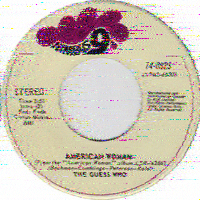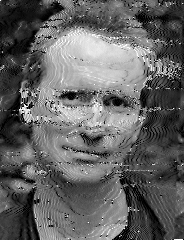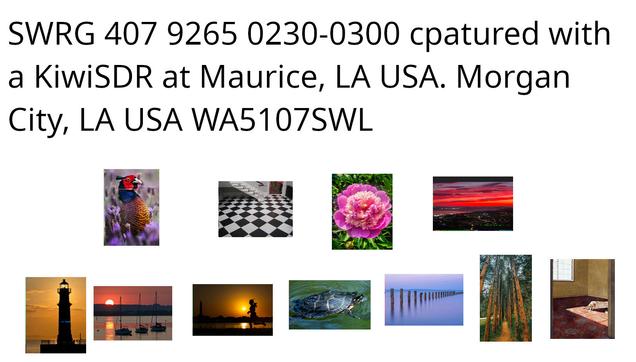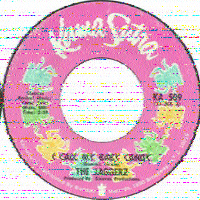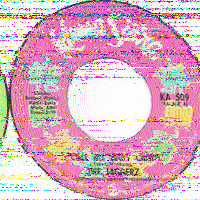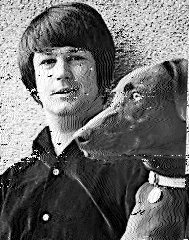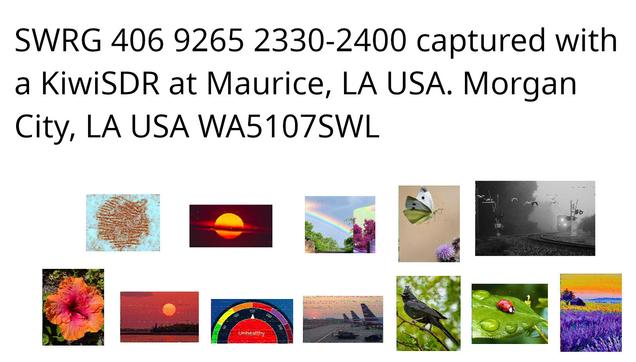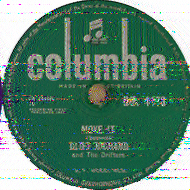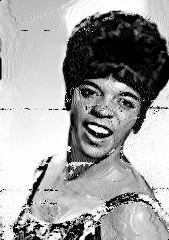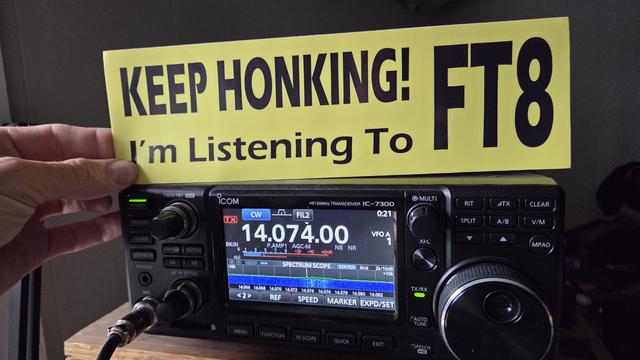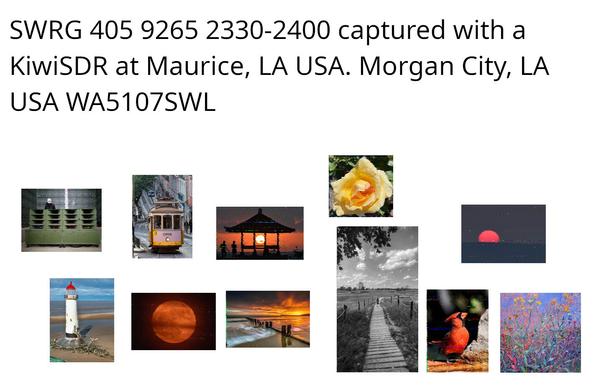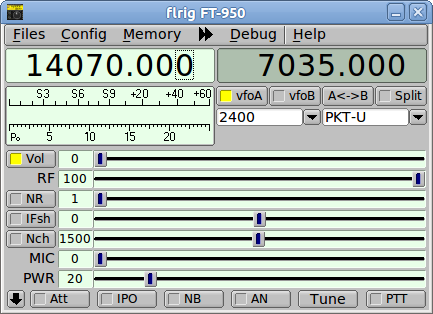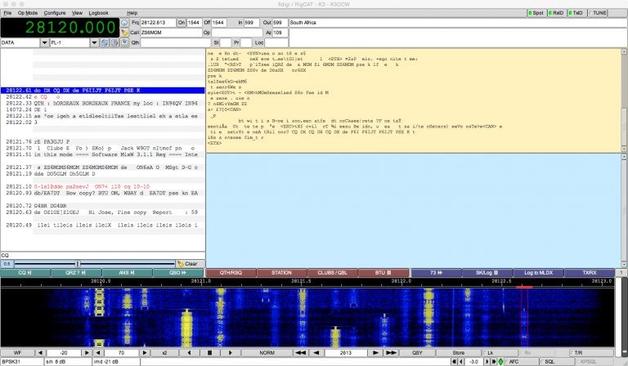Reading this update on M17 and MMDVM makes me sad. Maybe it doesn't matter much any more because the essential AMBE patents have expired and there's just no particular reason to do M17 instead of P25 on VHF/UHF? I don't know a lot here...
I've found myself doing more HF than VFH or UHF, so if I do digital voice I suppose it's likely to be FreeDV anyway, I guess...
